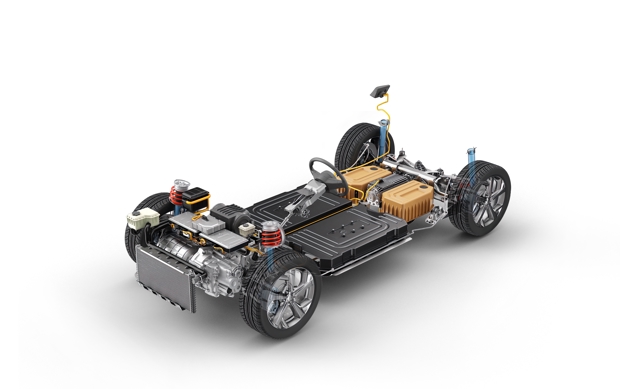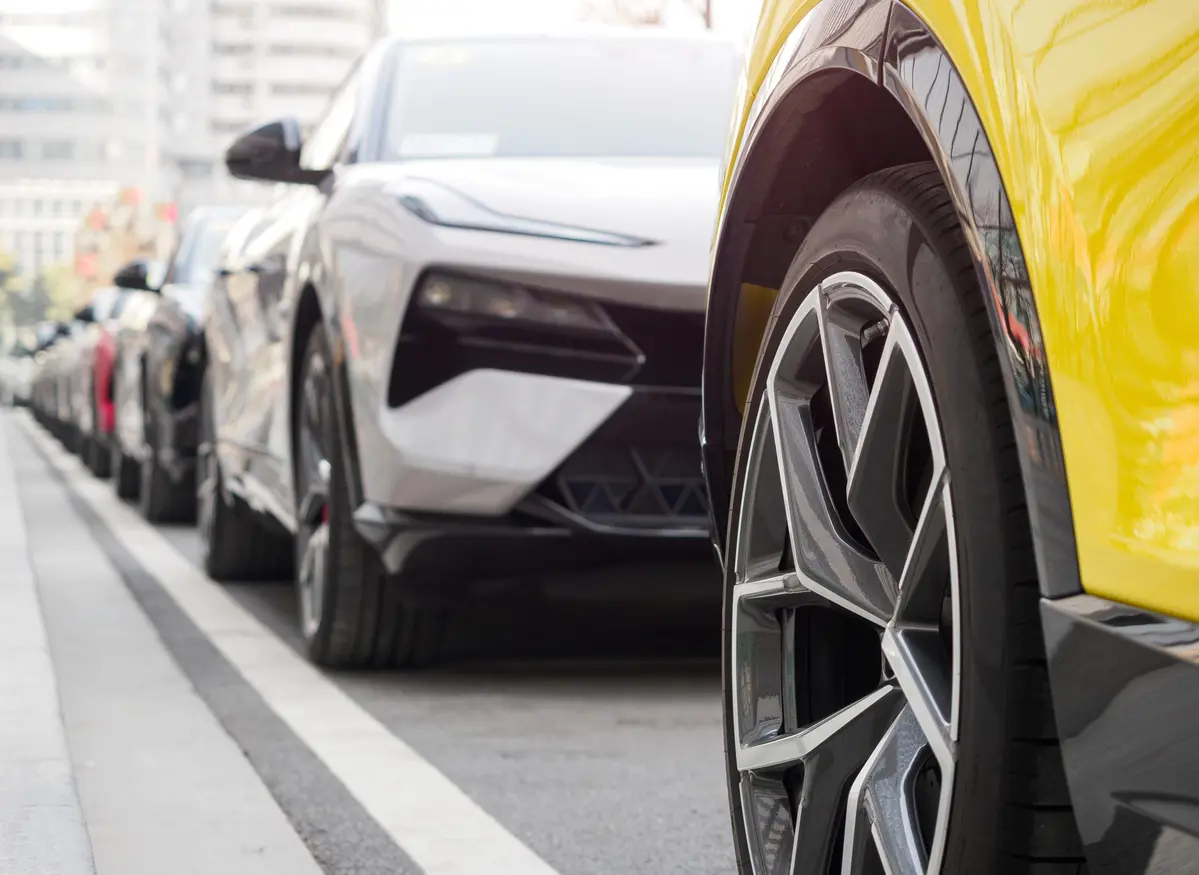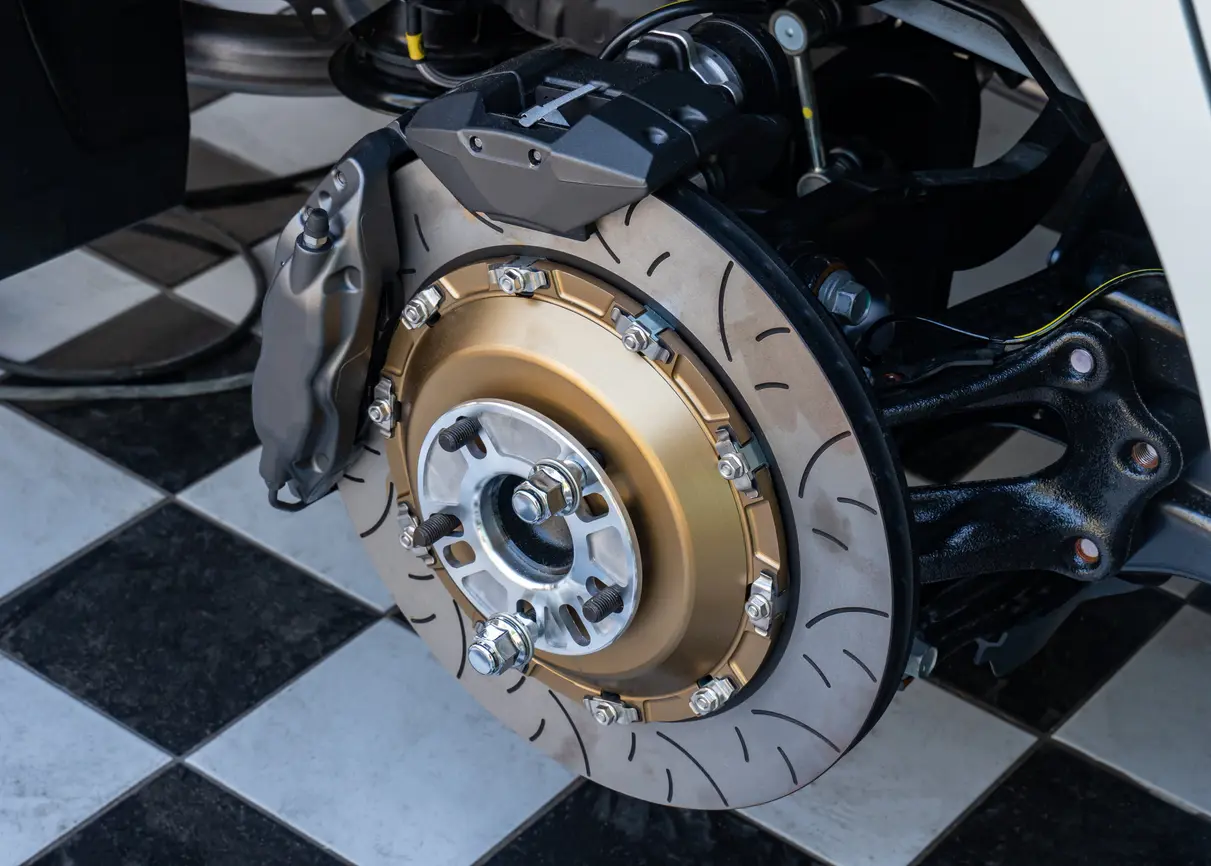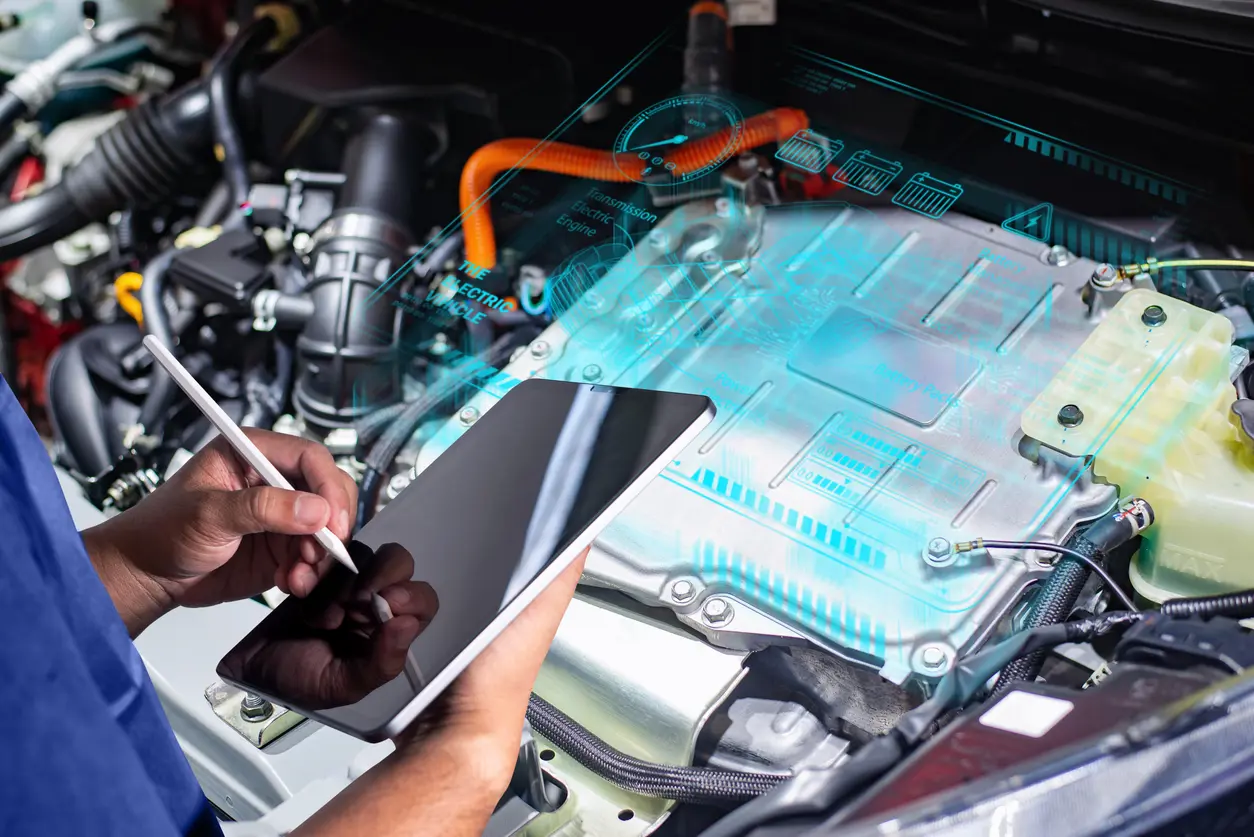Tech talk first: rack-and-pinion steering design

To understand what an electric steering rack is, and how it affects your EV, let’s look at how steering systems work.
Most steering systems can be divided into two categories: recirculating ball, and rack-and-pinion. Both are designed to transfer your turning commands to the wheels.
The rack-and-pinion system operates with two gears: a circular gear, called the pinion, and a linear gear, called the rack.
The rack is actually a rod that runs parallel to the front axles of your vehicle and makes your wheels turn.
Your vehicle most likely has a rack-and-pinion design, which can be powered through manual or power steering.
How power steering works
In manual steering systems, the driver supplies their own energy to turn the wheels. With power steering, another component supplies much of this effort, making driving easier for the driver. This device helps you manoeuvre your vehicle, especially at low speeds.
The three main types of power steering are hydraulic, electric, and hybrid.
What is hydraulic power steering?
Hydraulic power steering requires a gasoline-powered engine. It uses a power steering pump to turn hydraulic pressure into motion that helps you turn the steering wheel. A serpentine belt turns the power steering pump, which creates pressurized steering fluid for the power steering hose. This power is delivered to the steering control valve at the steering gear, which lets you turn turn the wheel more easily.
To keep this system running, your vehicle requires power steering fluid. This fluid should be replaced about every two years.
Pros and cons
Hydraulic power steering is typically less expensive than electric steering, and it offers drivers the same steering force even if the system fails during use. Some drivers also feel that hydraulic steering offers them a better feel of the road.
Unfortunately, this system is known to waste horsepower, leading to higher emissions and decreased fuel efficiency. It’s also heavier, and more complex, so it requires more maintenance than electric steering.
And most importantly: you won’t find hydraulic power steering in an electric vehicle.
What is electric power steering?
Electric power steering (EPS) systems, unlike their hydraulic counterparts, don’t require any fluid to function. These systems also have fewer moving parts and, instead of pulling power from the engine, EPS draws power from an electric motor.
Although EPS is becoming the more popular choice for all vehicle types, all electric vehicles use EPS.
Pros and cons
EPS offers many benefits:
-
better handling
-
smoother ride
-
increased fuel efficiency
-
digitally adjustable
-
easier on the engine
-
longer lifespan
-
easily pairs with various driver-assist features
In some cases, EPS has the disadvantage of poor feedback to the driver, and of making the steering wheel stiff if the system fails.
What is hybrid power steering?
A hybrid electric power steering (HEPS) system requires fluid to run but is powered by an electrical system (i.e., not by the car’s engine.) This system is sometimes considered the “best of both worlds,” as it combines the best features of hydraulic and electric systems. However, you won’t find it on EVs.
Owning an EV
An electric steering rack is part of an electric power steering system and is on all EV models. EPS systems are one of the many benefits of driving an EV. They also contribute to an EV’s need for less maintenance.
For any questions you may have about electric power steering, visit a NexDrive service centre and speak with expert.
Other Resources

Why do electric car tires wear out so fast?
EV tires experience increased tread wear because of instant torque and unsprung weight. Learn why electric vehicles lead to worn-out tires and how to extend the lifespan of EV tires with proper maintenance.

Why regenerative braking is bad for your brake pads
Regenerative braking improves energy efficiency, but can cause brake pad issues because of reduced mechanical brake use. Learn how to maintain your brake system and prevent costly repairs in this article.

Does an EV need regular general maintenance?
Although EVs require less maintenance than gas-powered vehicles, they still need regular care. Learn about battery health, brake maintenance, and more here.
